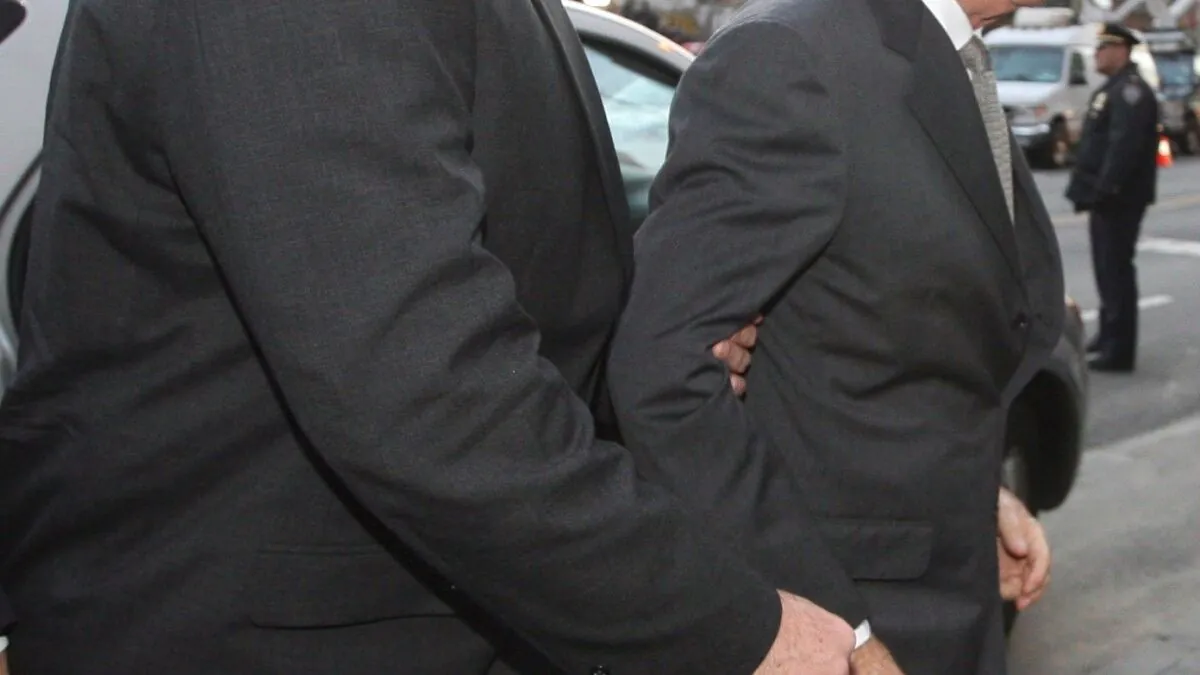Fraudulent transfers in bankruptcy: A legal loophole for management?
Examining the evolution of bankruptcy law and fiduciary duties, this article explores how management can potentially exploit fraudulent transfers with limited personal consequences, using recent high-profile cases as examples.

In 1979, Jerry Buss acquired the Los Angeles Lakers, setting the stage for a controversial financial maneuver. His plan involved borrowing money to purchase the team, transferring it to his ex-wife, defaulting on the loan, and threatening bankruptcy. This scenario exemplifies a fraudulent transfer, a concept with over four centuries of legal history.
Fraudulent transfers, whether intentional or constructive, have been voidable under English and American law for more than 400 years. These legal mechanisms have proven useful in recovering assets in various scenarios, including bankruptcies and Ponzi schemes.

Despite their illegality, fraudulent transfers can sometimes achieve their intended goals. The transferee may retain the transferred property's value until the fraudulent nature is discovered, legal action is taken, and a judgment is enforced. For instance, while billions were recovered from Bernie Madoff's trust bankruptcy, creditors still suffered substantial losses, and Madoff lived luxuriously for over three decades.
Why might someone like Buss not fear severe consequences for such actions? In 16th century England, he could have faced imprisonment. However, modern bankruptcy law offers several protections:
- The ability to file for bankruptcy
- Continued management of the company during bankruptcy
- Exclusive right to file a reorganization plan
- Potential retention of personal wealth
This shift in bankruptcy law stems from the belief that existing management's knowledge of the business can lead to more effective reorganization or liquidation. Congress designed Chapter 11 as a second chance for management, providing tools to avoid lawsuits from trustees and creditors.
The evolution of fiduciary duty law has further complicated matters. Historically, when a company approached insolvency, directors' fiduciary duties shifted from shareholders to creditors. However, about two decades ago, influential Delaware courts altered this approach, maintaining that fiduciary duties should remain with shareholders even in the "zone of insolvency."
This change in legal perspective has made it increasingly difficult to hold management personally accountable for risky or questionable decisions preceding bankruptcy. Recent cases involving "liability management transactions" (LMTs) illustrate this trend:
- J Crew (2020)
- Revlon (2023)
- Serta Simmons
- Wesco Aircraft
In these cases, management directed companies to borrow money, potentially breaching commitments to creditors and diminishing their recoveries. Yet, in line with the current interpretation of fiduciary duties, management faced limited personal consequences and often retained control throughout the bankruptcy process.
"There is one and only one social responsibility of business – to use its resources and engage in activities designed to increase its profits so long as it stays within the rules of the game, which is to say, engages in open and free competition without deception or fraud."
This shift in legal and corporate culture raises important questions about the balance between encouraging risk-taking for shareholder value and protecting creditors' interests. As the landscape continues to evolve, it remains to be seen how future cases will address these complex issues in corporate restructuring and bankruptcy.


































